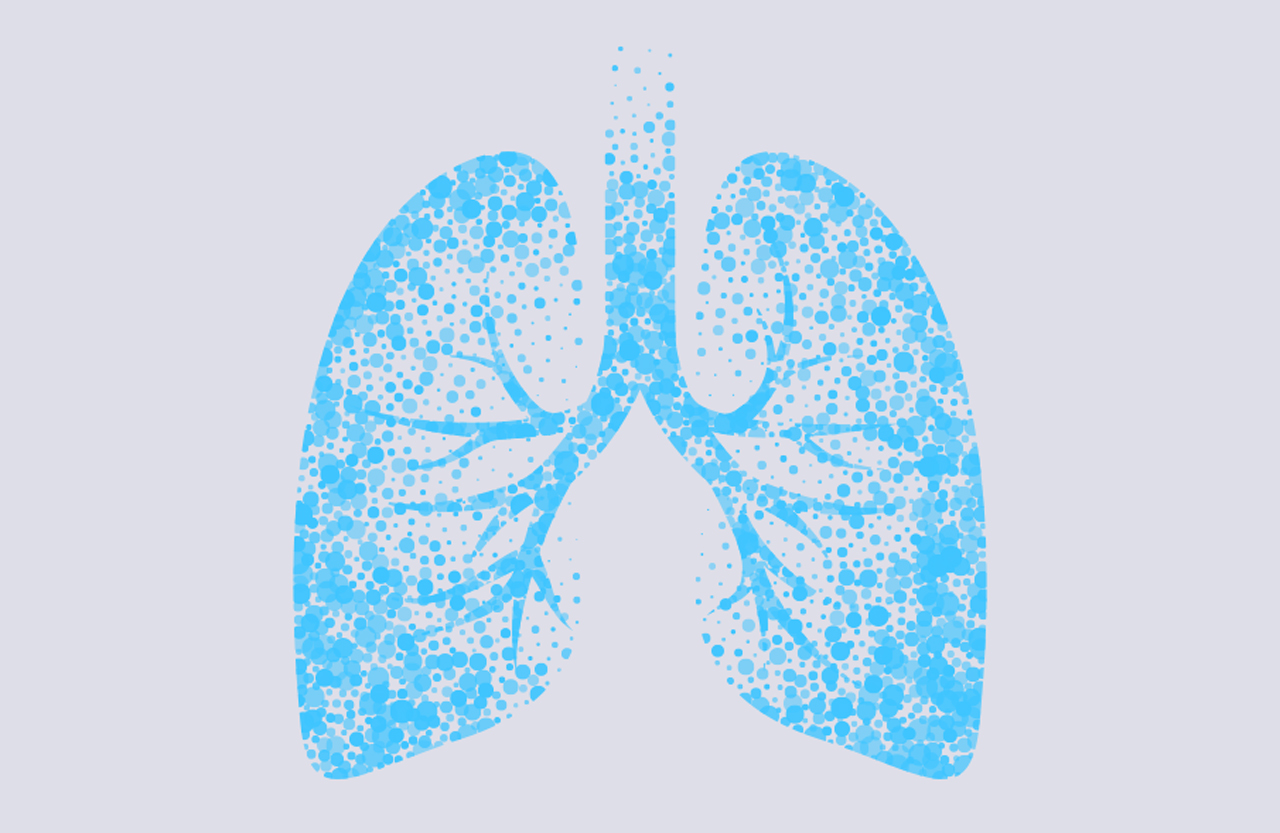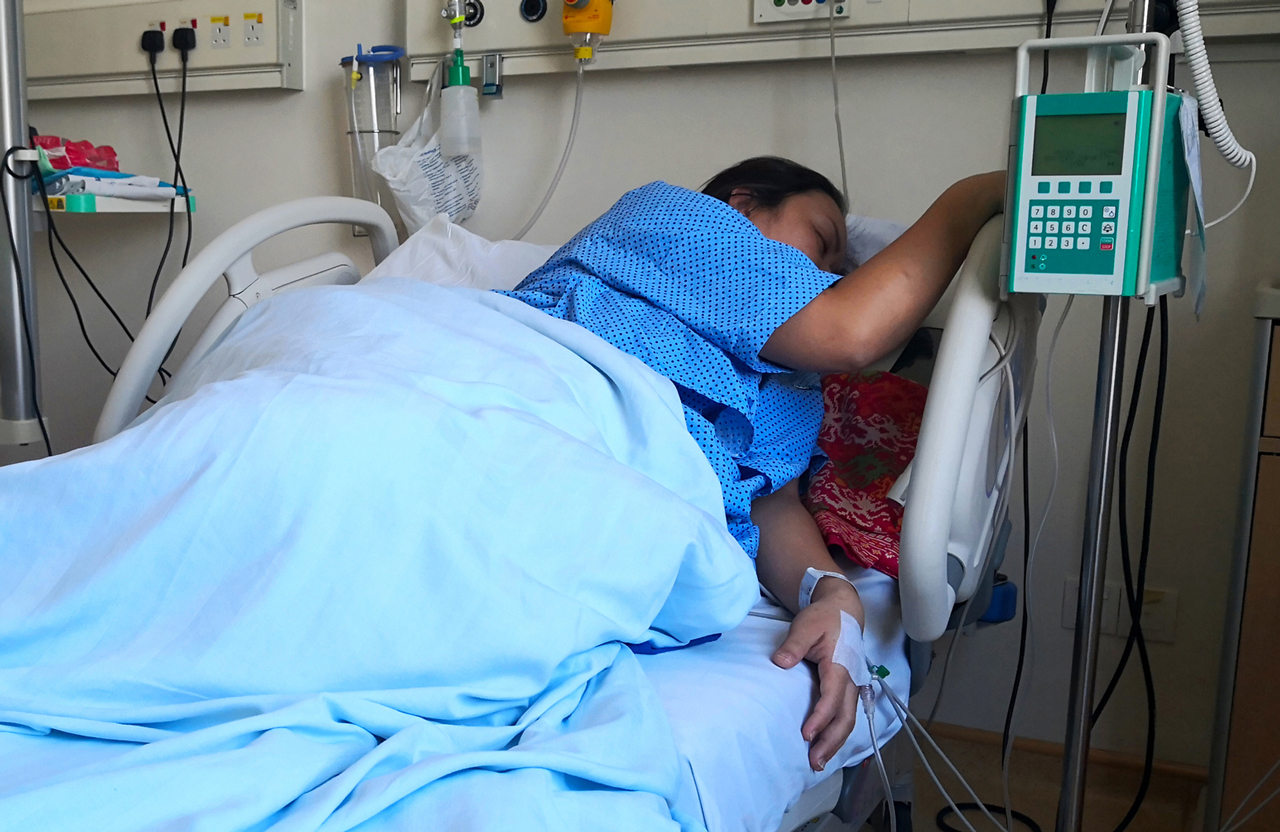Gabapentinoids pose risk for patients with COPD

Health agencies in both North America and Europe, including FDA, have warned of severe breathing problems in patients with COPD who are also using gabapentin or pregabalin. In the first population-based study to show association between gabapentinoid use and severe COPD exacerbations, Rahman and colleagues at McGill University and the Université de Montréal (Canada) evaluated insurance records from the Régie de l’assurance maladie du Québec.
The time-conditional propensity score–matched, new-user cohort study involved records from a base cohort of patients with COPD between 1994 and 2015. Patients starting gabapentinoid therapy due to epilepsy, neuropathic pain, or other chronic pain were matched one-to-one with patients not taking gabapentinoids based on COPD duration, indication for gabapentinoids, age, sex, calendar year, and time-conditional propensity score. The primary outcome was severe COPD exacerbation requiring hospitalization.
The study, published on January 16, 2024, in Annals of Internal Medicine, showed that compared with nonuse, gabapentinoid use was associated with increased risk for severe COPD exacerbation for patients with epilepsy (HR 1.58), neuropathic pain (HR 1.35) and other chronic pain (HR 1.49), with an overall HR of 1.39. The authors suggest that these results support the warnings from regulatory agencies and highlight the importance of considering this potential risk when prescribing gabapentin and pregabalin to patients with COPD. ■
Which antiseptic is best for use before surgery to repair a fractured limb?

Preoperative skin antisepsis is particularly important in preventing infection after surgical repair of a fractured limb, but questions remain as to whether alcohol solutions containing iodine povacrylex or chlorhexidine gluconate are most effective for patients undergoing this surgery. In the PREP-IT trial, investigators used a cluster-randomized crossover trial to examine the efficacy and safety of iodine povacrylex or chlorhexidine gluconate antiseptic solutions among patients with either closed or open extremity fractures.
The trial involved 25 hospitals in the United States and Canada, which were randomly assigned to use a solution of 0.7% iodine povacrylex in 74% isopropyl alcohol (iodine group) or 2% chlorhexidine gluconate in 70% isopropyl alcohol (chlorhexidine group) as preoperative antisepsis for surgical procedures to repair extremity fractures. Every 2 months, the hospitals alternated interventions. The primary outcome was surgical-site infection, including superficial incisional infection within 30 days or deep incisional or organ-space infection within 90 days. The study was published on February 1, 2024, in NEJM.
Among patients with a closed fracture, surgical-site infection occurred in fewer patients in the iodine group than in the chlorhexidine group. Among patients with an open fracture, the results were inconclusive. The frequencies of unplanned reoperation, 1-year outcomes, and serious adverse events were similar in the two groups. ■
Buprenorphine in ED could lead to follow-up OUD treatment

Does access to buprenorphine for patients with OUD improve engagement in follow-up care? Researchers at Highland General Hospital–Alameda Health System and the University of California investigated the uptake of buprenorphine among emergency department (ED) patients with OUD and how frequently these patients engaged in treatment after discharge
The cohort study of 464 patients with OUD, published online in JAMA Network Open on January 29, 2024, showed that patients who received buprenorphine in the ED were two times more likely to engage in follow-up OUD treatment.
The multisite cohort study was conducted in seven California EDs participating in a statewide implementation project to improve access to buprenorphine treatment and included 464 adult ED patients with OUD. All participants were offered buprenorphine treatment for OUD (either in-ED administration, prescription, or both). The primary outcome of the study was engagement in OUD treatment 30 days after the ED visit, determined by patient report or clinical documentation.
The results of the study showed that interest in buprenorphine treatment was high, with 85.8% of patients receiving buprenorphine treatment. Follow-up at 30 days after the ED visit showed that 49.7% of patients who received ED buprenorphine treatment remained engaged. The authors note that implementing low-threshold access to medications for OUD in the ED was associated with a substantially higher likelihood of follow-up treatment engagement one month later. They suggest that future research should investigate techniques to optimize both the uptake and effectiveness of buprenorphine initiation in low-threshold settings such as the ED. ■
Phenobarbital may reduce hospital stays for patients suffering from severe alcohol withdrawal

Preliminary data suggest that phenobarbital is as effective as benzodiazepines at managing withdrawal in patients with severe alcohol withdrawal direct activation of the g-aminobutyric acid receptor and modulation of glutamate-mediated stimulation of the N-methyl-d-aspartate receptor. Although benzodiazepines have long been considered standard of care, instances in which alcohol withdrawal syndrome (AWS) is resistant to benzodiazepines has been reported, prompting researchers at the University of New Mexico Hospital to evaluate the effect of phenobarbital compared with protocolized, symptom-driven benzodiazepine administration on hospital length of stay in patients experiencing severe withdrawal.
The study, published in the January 2024 issue of JAPhA Pharmacotherapy, involved a retrospective chart review of patients evaluated in the ED for the treatment of severe AWS, which was defined as a Clinical Institute Withdrawal Assessment for Alcohol–Revised score of 20 or greater during their visit. The primary outcome was the difference in length of hospital stay between patients receiving phenobarbital and those receiving continuous lorazepam infusions. Secondary outcomes included ICU admission, ICU length of stay, the need for mechanical ventilation, and incidence of oversedation.
The results of the study showed that patients who received lorazepam infusion had a significantly greater length of stay than the patients who received phenobarbital. Patients treated with lorazepam also had increased admissions to the ICU and higher rates of oversedation. No differences in ICU length of stay or the need for mechanical ventilation were observed between the two groups. The authors suggest that phenobarbital should be considered as an alternative to benzodiazepine infusions for patients suffering from AWS. ■